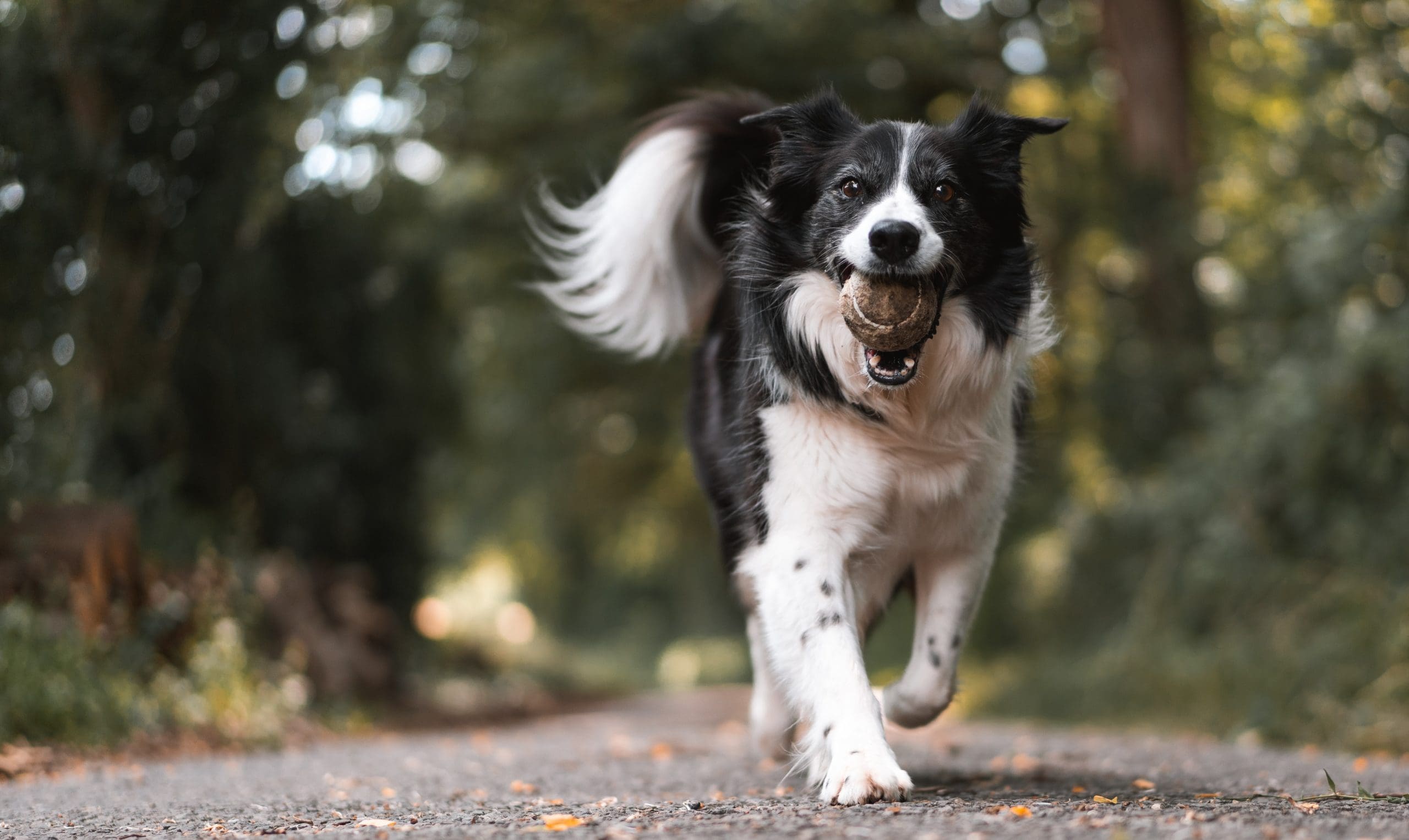Petting a dog can be a joyful experience that enhances the bond between humans and their furry companions. Dogs express loyalty and affection, making it essential to approach petting with care and consideration. It’s not merely about reaching out; it involves recognizing the dog’s body language, comfort levels, and individual preferences.
Recognizing Body Language
Every dog has its own temperament and history. Some may eagerly welcome affection, while others might be shy or fearful. Observing behavior is crucial. A wagging tail and a dog approaching you generally indicate openness to interaction. Conversely, a dog backing away or growling signals discomfort or threat. Respecting these cues ensures a positive experience for both parties.
Approaching with Care
When approaching a dog, position yourself sideways and lower your body to appear less intimidating. Extend your hand slowly, palm down, allowing the dog to sniff and assess you at its own pace. If the dog shows curiosity, you can begin to pet it.
Choosing the Right Spots
Not all areas of a dog’s body are equally welcoming. Most dogs prefer gentle strokes on the chest, shoulders, and base of the tail. Starting with the head can feel invasive, particularly to unfamiliar dogs. Pay attention to the dog’s reactions; if it leans into your hand, it enjoys the touch.
Maintaining Comfort
Consistency in your petting technique matters. Soft, steady motions often provide comfort. If the dog tenses or moves away, pause and give it space. Every dog has unique preferences, and being attentive can lead to more enjoyable interactions.
Understanding Preferences
Some dogs appreciate different types of petting. While many enjoy gentle rubs, others might prefer scratches behind the ears or playful pats. Watch how the dog responds; relaxation indicates you’re on the right track, while signs of anxiety suggest a need for adjustment.
Respecting Boundaries
The duration of your petting session can also influence comfort levels. While some dogs relish extended petting, others prefer shorter interactions. Look for signs of disinterest, such as yawning or shifting positions, and respect the dog’s boundaries.
Building Trust
Trust is fundamental in any relationship with a dog. If you’re meeting a new dog, especially one that appears anxious, take your time. Allow the dog to acclimate to your presence before initiating contact. This gradual approach fosters trust, increasing the likelihood of a positive interaction.
Considering the Environment
The setting can affect a dog’s comfort. Familiar surroundings often make dogs feel more at ease, while busy or chaotic environments may cause anxiety. Find a quieter space if necessary, allowing the dog to relax and feel secure.
The Role of Socialization
A dog’s past experiences greatly influence its behavior. Dogs with positive human interactions are generally more receptive to being petted, while those with traumatic histories may need extra patience. Respecting a hesitant dog’s boundaries encourages a more trusting relationship.
Observing Emotional States
Understanding dog behavior enhances the petting experience. A wagging tail doesn’t always signify happiness; the tail’s position and the dog’s overall body language provide valuable insights into its emotional state.
Adapting to Individual Needs
Different breeds and individual dogs may have distinct preferences for petting based on their experiences. Familiarizing yourself with a dog’s breed characteristics can inform your approach and strengthen your connection.
Reinforcing Positive Experiences
After a successful petting session, reinforcing the experience with praise or treats helps the dog associate your touch with something enjoyable, enhancing the bond between you. A calm and soothing voice can also contribute to a more relaxed interaction.
Engaging in Play
Playful activities like fetch or tug-of-war can foster a dynamic connection with the dog. These interactive moments can help the dog feel more comfortable and strengthen trust.
Adapting Over Time
As you become more acquainted with the dog, its preferences may evolve. Some dogs may become more affectionate, while others might maintain a preference for distance. Stay attentive to the dog’s reactions and adjust your approach accordingly.
Cultivating Empathy and Patience
The lessons learned from petting a dog extend beyond the act itself. They instill empathy, patience, and understanding. Each dog is unique, and investing time to learn about its needs leads to a more fulfilling relationship.
Creating a Calm Environment
Mindfulness of your energy is essential. Dogs can sense human emotions; a calm demeanor can help the dog feel secure, while anxiety may cause unease. Strive to cultivate a peaceful atmosphere during interactions.
Petting a dog is a rewarding experience that deepens your bond with your furry friend. By being aware of the dog’s body language, approaching with care, and respecting its preferences, a positive environment can be created for both you and the dog. Each interaction becomes an opportunity for connection, trust, and mutual enjoyment.



